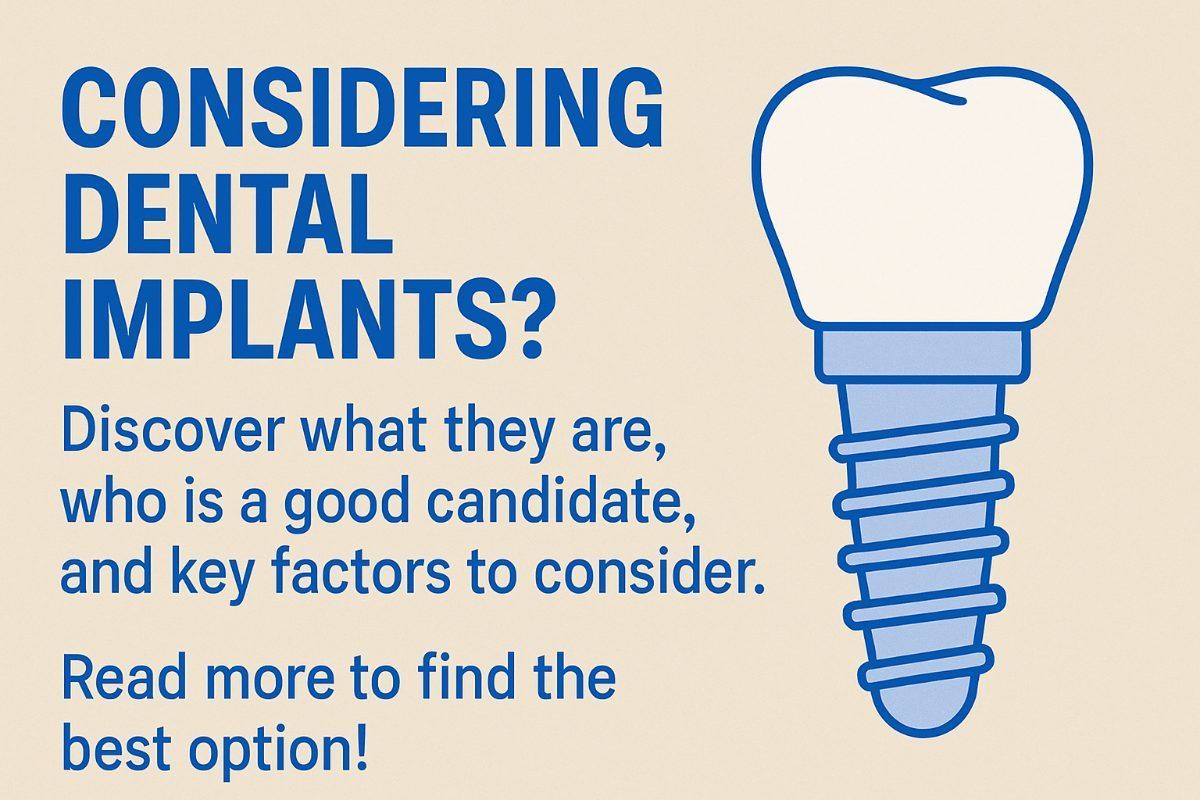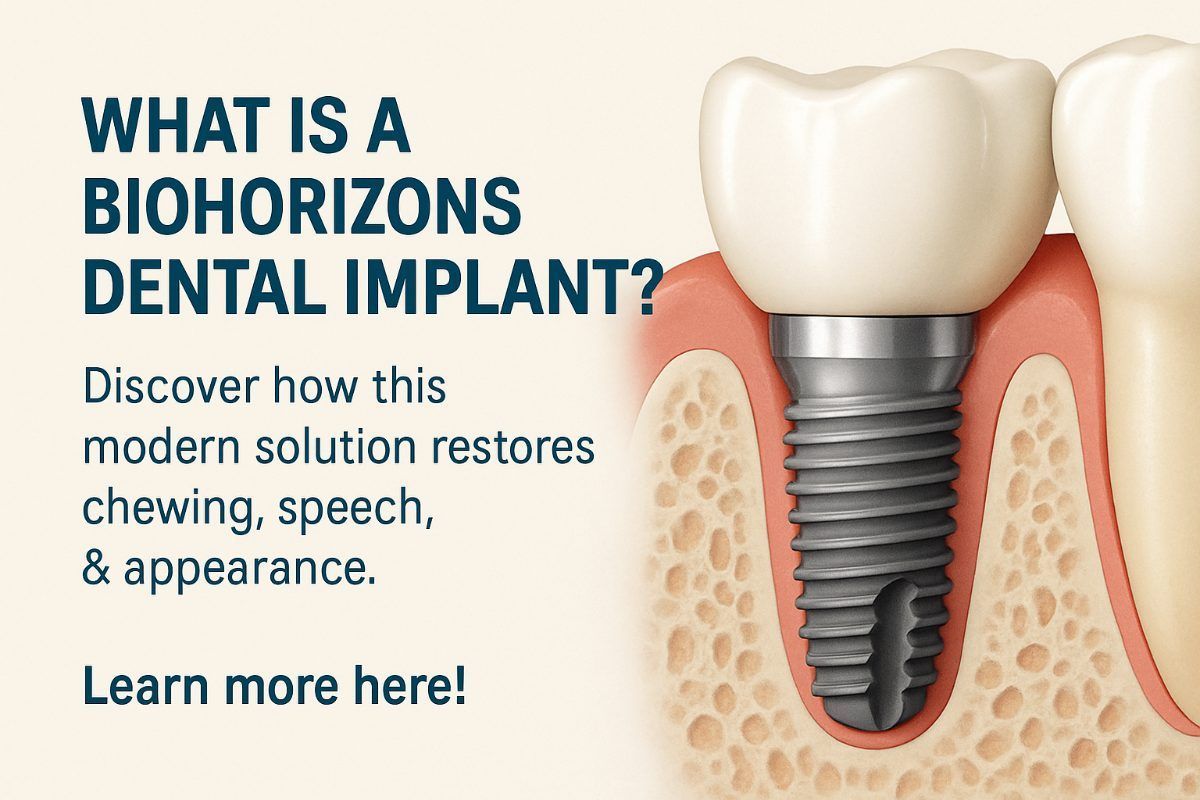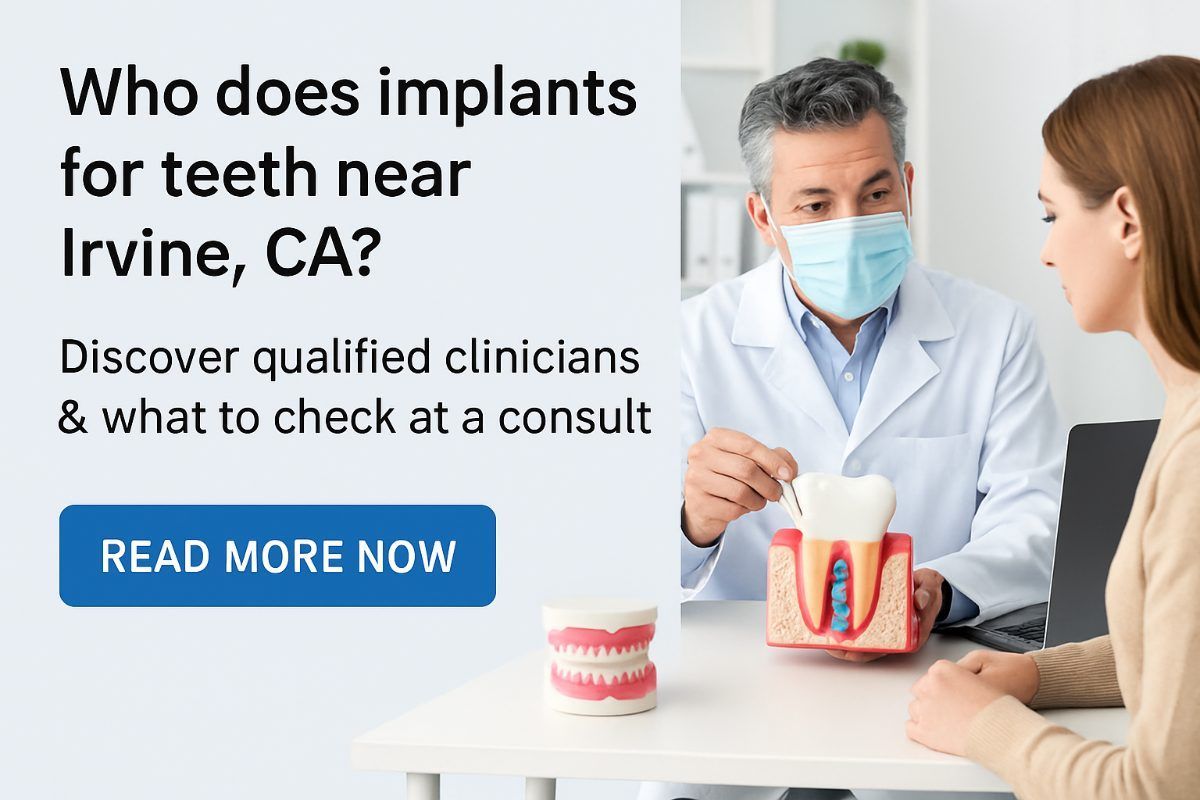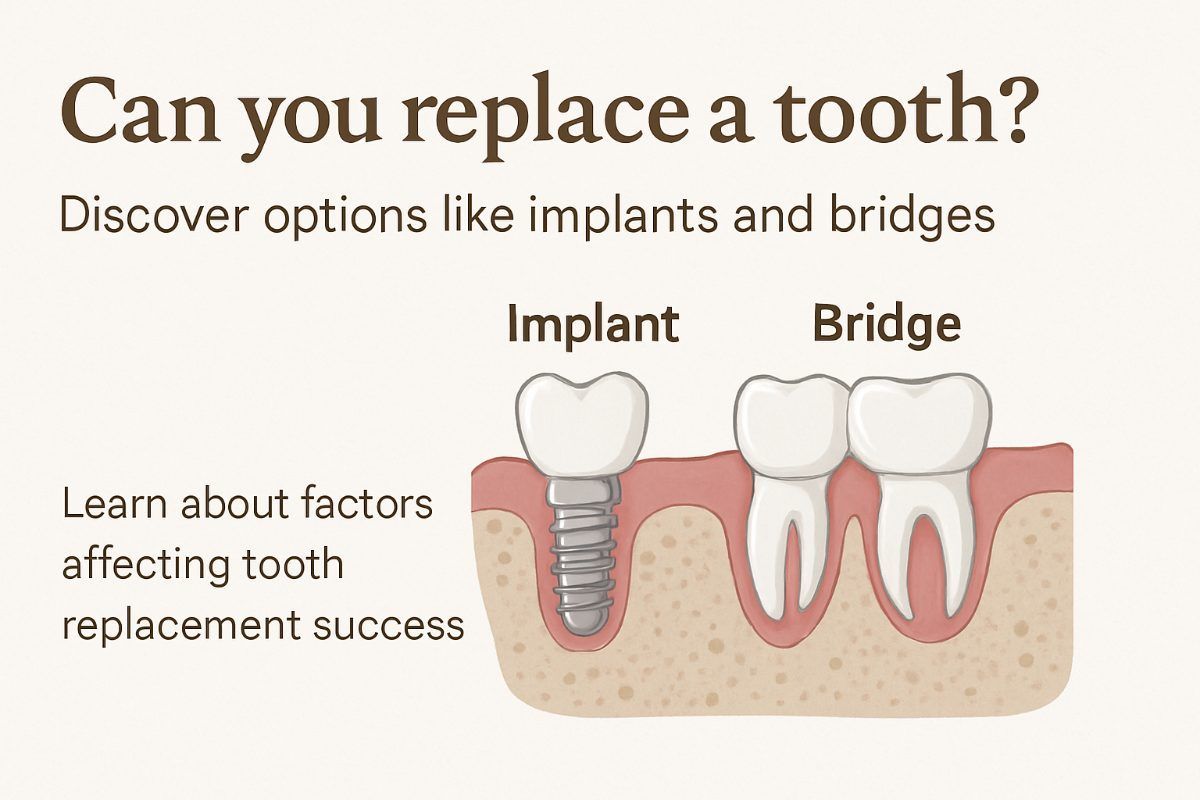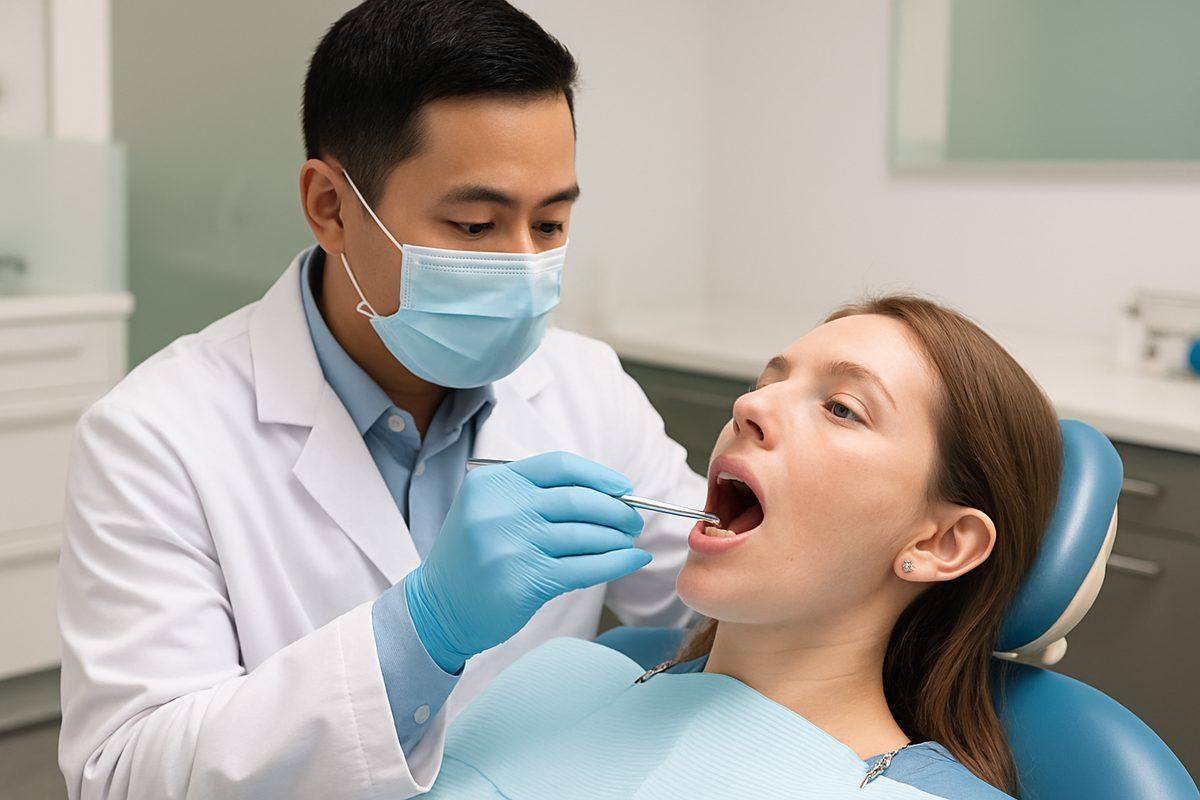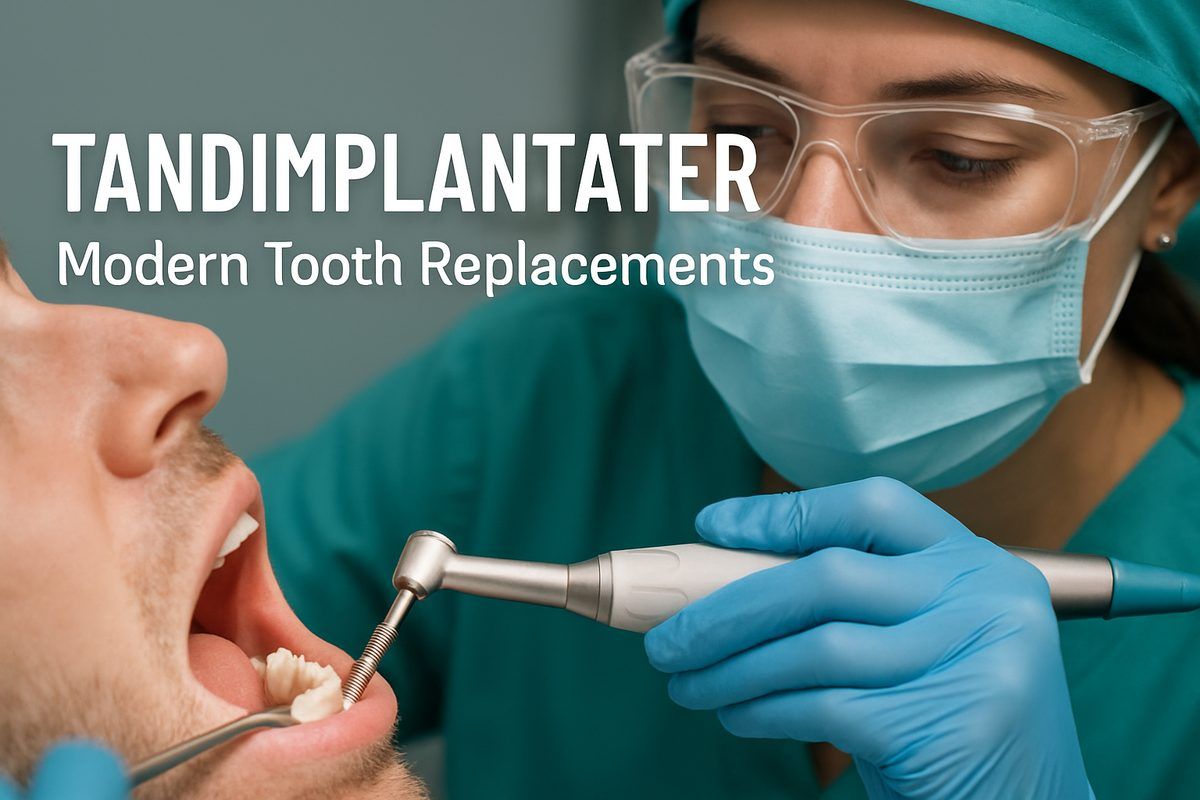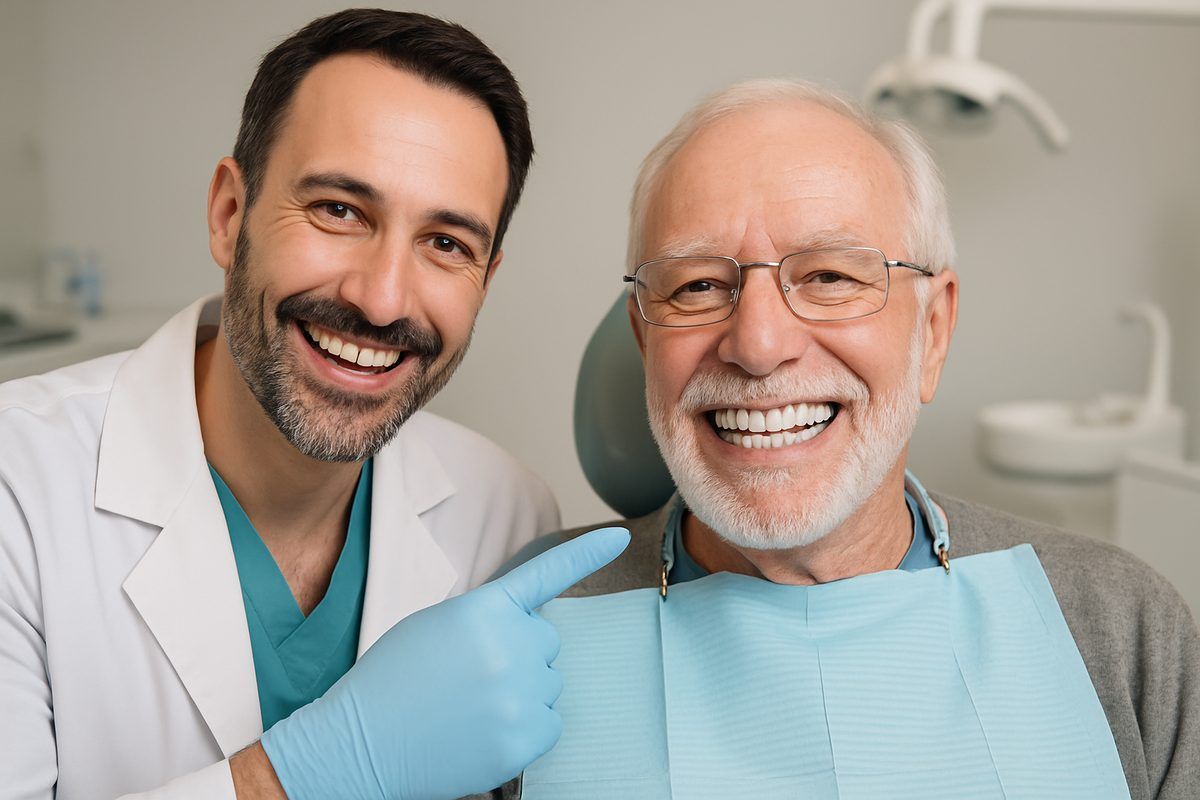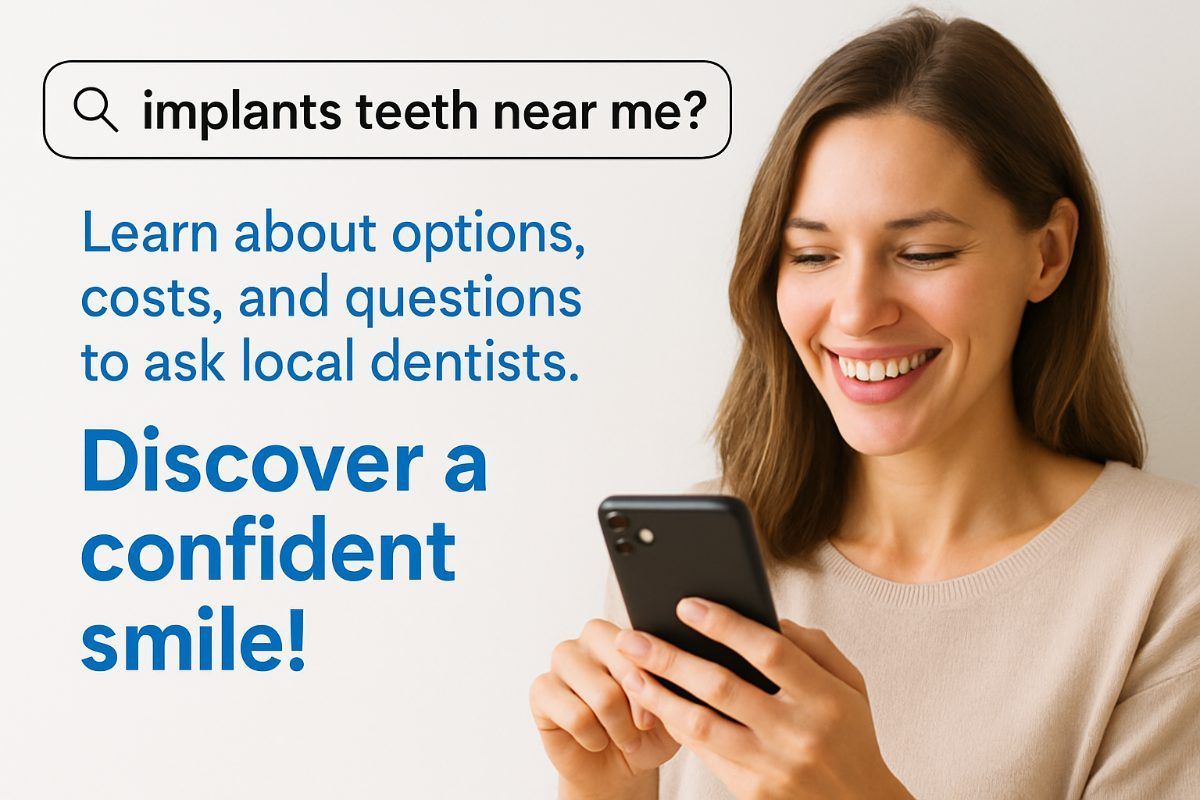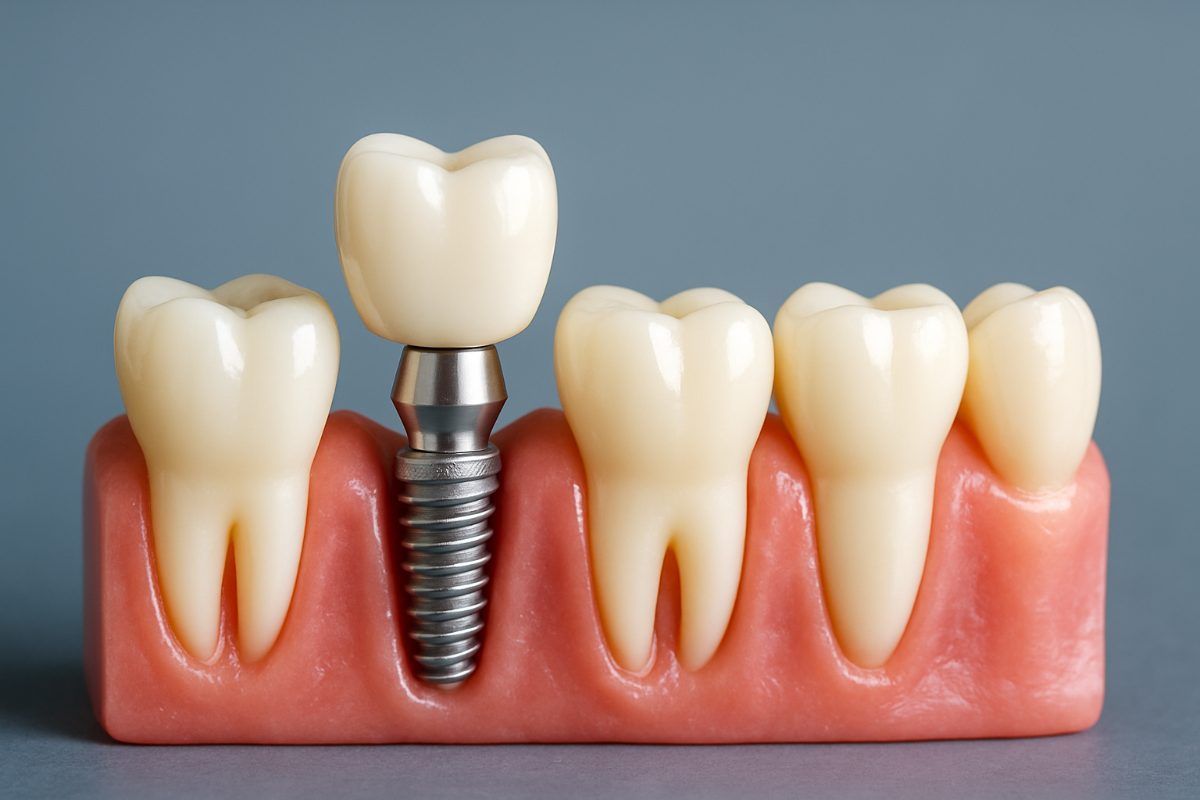Dental Transplants: Are They The Future Of Tooth Replacement?
Dental transplants move a living tooth from one spot in the mouth to another to replace a missing tooth. This article explains the basics, pros and cons, and whether dental transplants could become a common tooth-replacement choice.
What Are Dental Transplants?
Dental transplants usually mean auto transplantation — taking a patient’s own healthy tooth and placing it into a site where a tooth is missing. The transplanted tooth keeps its root structure and periodontal ligament if handled carefully, which can preserve natural function.
There are also experimental approaches being studied, like growing or engineering tooth tissue in the lab, but those are not routine care yet. Today, common clinical use is moving a wisdom tooth or premolar to replace a lost molar or a congenitally missing tooth.
Typical scenarios include a young person who loses a molar and has a healthy wisdom tooth available, or a premolar transplanted to support development of the dental arch in growing patients.
How Dental Transplants Differ From Dental Implants And Bridges
Dental transplants use real tooth tissue. A dental implant is a titanium post placed into bone with a crown on top. A fixed bridge relies on adjacent teeth for support and covers them with crowns to span a gap.
Procedure and recovery:
- Transplant: extraction of donor tooth, preparation of recipient site, immediate placement of the donor tooth. Often requires careful handling and sometimes a stabilizing splint. Recovery is focused on healing and monitoring for root resorption or ankylosis.
- Implant: site preparation (sometimes grafting), surgical placement of an implant, months of healing for osseointegration, then a crown. More predictable but longer initial timeline.
- Bridge: tooth preparation of neighbors and placement of a prosthetic bridge. Faster but removes natural tooth structure from adjacent teeth.
Long-term outcomes differ. A successful dental transplant can maintain the tooth’s natural sensation and the periodontal ligament, which helps preserve bone and proprioception. Implants provide very reliable long-term stability but lack natural periodontal ligament sensation. Bridges work well short-term but may impact adjacent teeth and bone over time.
Benefits, Risks, And Who Is A Good Candidate For Dental Transplants
Key benefits
- Preserves a natural tooth and its periodontal ligament, which helps maintain jawbone health.
- Can restore chewing function and natural feel more closely than prosthetics.
- May be less costly than multi-stage implant therapy in select cases.
- Often a good option for growing patients where implants are not recommended yet.
Main risks and limitations
- Transplanted teeth can fail due to root resorption, infection, or ankylosis (fusion to bone).
- Success depends on careful surgical technique and quick, proper handling of the donor tooth.
- Not always possible — you need a suitable donor tooth available.
- May require root canal treatment after transplantation in some cases.
Who may be a candidate
- Young patients with a healthy donor tooth and good overall oral health.
- People who want to preserve natural tooth structure and bone where a donor exists.
- Not ideal for patients with no suitable donor tooth, poor oral hygiene, heavy smoking, or certain medical conditions — implants or bridges may be preferable then.
Are Dental Transplants The Future Of Tooth Replacement?
Research is active. Advances in regenerative medicine, improved surgical protocols, and better imaging (CBCT) all improve outcomes and case selection for dental transplants. Scientists are also exploring bioengineered tooth replacements, which could change the field in the long term.
Practical barriers remain: not every patient has a donor tooth, the technique requires specific surgical skill, and long-term large-scale evidence is limited compared with implants. Insurance coverage and clinician training also slow wider adoption.
For now, dental transplants are a strong option in selected cases, especially for younger patients. They are unlikely to replace implants entirely, but they can be an important part of the toolbox for tooth replacement.
Practice note: If you're curious whether dental transplants could work for you, consult a qualified dentist or oral surgeon. A thorough exam, 3D imaging, and review of your dental history will determine if a transplant, implant, or bridge is the best next step.
